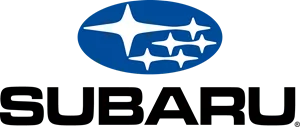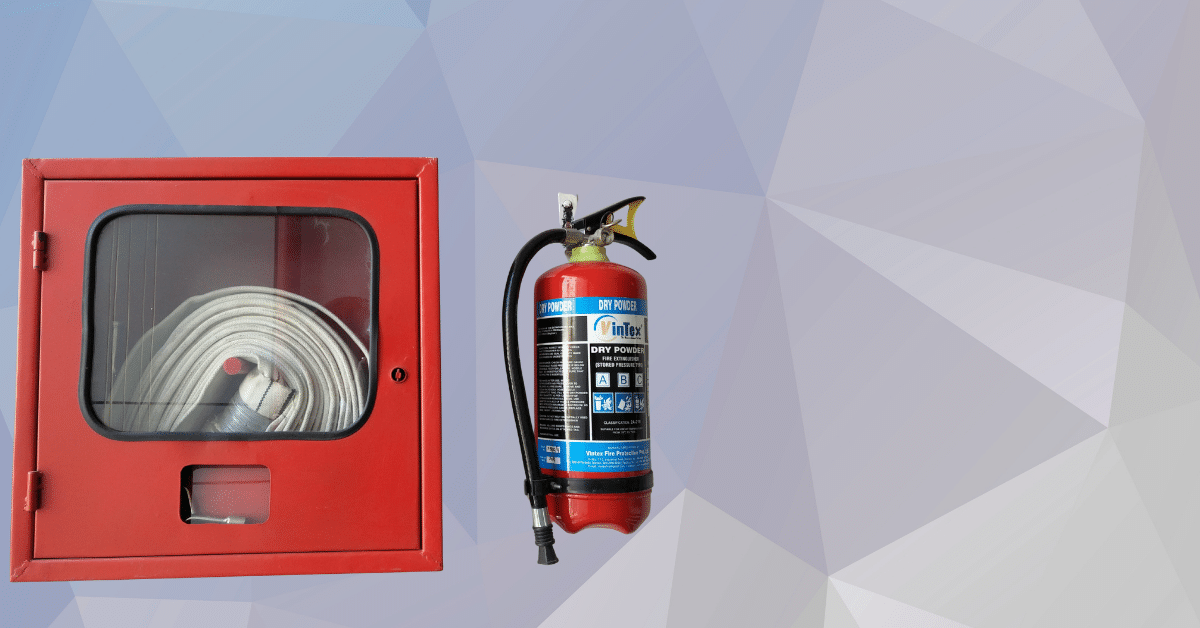Two years ago, a people ops lead in Long Beach reached out late on a Friday. Her startup had grown to 20 employees, with half working remotely and half in the office.
She had heard bits and pieces about hour counts, cycles, and a deadline that moved.
Her question was simple: What do we need to do next week so we are compliant and our team actually learns something helpful?
This guide answers that with clear rules, practical examples, a fast rollout plan, and simple add-ons that make the program stick. You will also see related terms, such as California AB 1825, California AB 2053, California SB 396, California SB 1343, and California SB 778, as well as the term ‘harassment in California,’ used where applicable, along with the Sexual Harassment in California training course for context.
California SB 778 Training Requirements: What Employers Must Do
The core rules come from Government Code §12950.1 and 2 CCR §11024. SB 778 clarified timing for statewide training without changing the required hour counts. Non-supervisory staff are required to complete at least one hour. Supervisors complete at least two hours.
Both groups repeat training every two years. SB 778 also confirmed that employers could stay on an existing two-year cadence once initial deadlines were met.
What The Current California Rule Requires
Here is the plain English version aligned to §12950.1 and §11024.
Who Must Train
Any employer with five or more employees must provide training to California-based employees. This includes all non-supervisory staff and supervisors, both full-time and part-time.
How Much And How Often
- Non-supervisors complete at least 1 hour
- Supervisors complete at least 2 hours
- Both groups repeat training every 2 years
- New hires and newly promoted supervisors complete training within 6 months
- Seasonal or temporary workers complete training within 30 calendar days or 100 hours worked, whichever comes first. If a staffing agency employs the worker and provides the training, you should retain proof.
Content You Must Include
- Definitions and examples of sexual harassment
- Harassment based on gender identity, gender expression, and sexual orientation
- How to report concerns and what happens next
- Retaliation prevention
- Interactive content with Q&A and activities (be it physical or remote)
For supervisors, duties include responding and documenting promptly.
Posters And Notices
Post the Transgender Rights in the Workplace notice where employees will see it, and link it in onboarding and your policy hub for remote staff. Reference it in your course so people know where to find it.
How The California Statutes Fit Together
- SB 1343 expanded training to employers with five or more workers and added a 1-hour course for non-supervisors
- SB 778 clarified timing by extending the initial completion deadline and allowing employers to keep existing 2-year cycles.
- SB 396 requires coverage of gender identity and gender expression, and pairs with the Transgender Rights poster.
- AB 2053 added abusive conduct prevention content
- AB 1825 set the original supervisor training duty
Used together, these laws form the baseline that reduces sexual harassment in remote workplaces and supports consistent practice across teams. Tie policy, reporting, and the Sexual harassment in California training course so employees see one clear program.
Make The Training Practical
Policies help, but behavior changes when people practice the moments that matter. Use these drop-in scenarios, which align with §11024 objectives and reflect risk in both remote and on-site settings.
- Side Channel DMs During A Team Call
A Zoom standup produces private messages rating a coworker’s appearance, and a screenshot circulates.
Coach the response: reset chat norms, follow up one-on-one, document the conversation, confirm reporting options, and preserve evidence. - Pronoun Jokes After A New Hire’s Introduction
Running jokes target gender identity and expression.
Coach the response: address it as identity-based harassment, restate expectations in the channel, point to the Transgender Rights poster, and offer a private path to report. - Manager Hears A Third-Hand Report
A vendor makes crude comments to a cashier.
Coach the response: thank the reporter, log details, loop HR, follow escalation steps, and avoid retaliatory scheduling. - Remote Background With Sexual Imagery
An employee uses a sexualized background image as a joke.
Coach the response: remove the image, reset expectations for virtual meetings, add a quick refresher in the next team huddle, and log the action.
Connect these scenarios to the Sexual harassment in California training course so learners know exactly what to do.
Remote And Hybrid Setup
Distributed teams follow the same hour counts and timelines. They also face extra risk in chat and video tools, so your course should explicitly cover remote conduct and link to reporting paths.
Reinforce this information within the Sexual Harassment in California training course so that people learn how to utilize the tools they use every day effectively.
Compliance Checklist You Can Clip
- 5 or more workers in California
- 1 hour for non-supervisors, 2 hours for supervisors
- Repeat every 2 years, new hires and new supervisors within 6 months
- Temps and seasonal staff within 30 days or 100 hours, staffing agencies train their own employees
- Interactive format that meets §11024
- Content includes identity-based harassment, retaliation, and clear reporting paths.
- Transgender Rights poster posted and linked for remote teams
- Certificates, rosters, agendas, trainer info, and course outlines on file
FAQs
Do we have to use the state’s courses for SB 778 training, or can we use a vendor or in-house program?
You may use state, vendor, or in-house options if they meet the hour counts, content, and interactivity in §12950.1 and §11024.
Many employers pair the free state courses with a brief internal module on policy, reporting, and documentation for managers.
Keep completion certificates, agendas, trainer credentials, and outlines to show compliance if asked.
How does SB 778 training apply to temporary and seasonal workers supplied by an agency?
Temporary and seasonal workers must complete SB 778 training within 30 days or 100 hours worked, whichever comes first. If a temp services employer provides the worker, that agency is responsible for delivering the course.
Request proof of completion, store it with your roster, and verify that content and hour counts match state requirements to avoid gaps in your records.
What makes an SB 778 training course “interactive” under California regulation?
Interactive SB 778 training allows questions and practice. Acceptable formats include live classes or webinars with Q&A sessions, or e-learning that utilizes knowledge checks, branching scenarios, and access to a qualified trainer who responds promptly.
Passive video without engagement does not meet the standard. Document how your course enables interaction and keep those materials with your compliance files.
Do remote teams follow the same rules for SB 778 training as on-site teams?
Yes. Location does not change the SB 778 training hour counts or timelines. Remote and hybrid work introduces additional risks, including those related to chat, screen sharing, and video backgrounds. Include remote-specific examples, explain how to report issues, and remind staff to preserve digital evidence.
Link your policy hub and Transgender Rights poster so remote employees have the same access as on-site teams.
What if we miss a due date for SB 778 training and later discover it?
Act quickly to close gaps in SB 778 training. Schedule required courses, record completions, and transition to a rolling schedule to prevent delays in hiring and promotions. Agencies can order compliance, and gaps may increase risk in disputes. Utilize HRIS reminders, maintain two cycles of records, and incorporate quick refreshers after policy or platform changes to keep teams up to date.


















